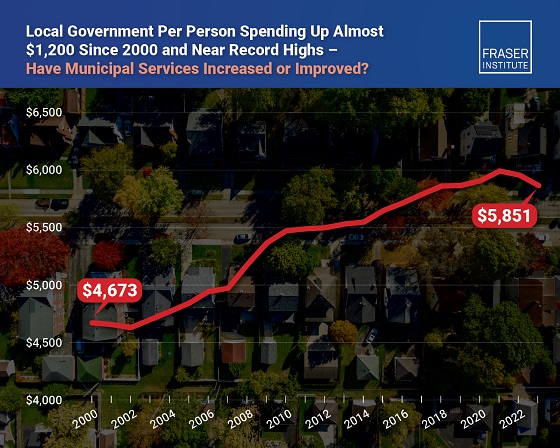Energy
How climate activists harm Canadian energy security

 From the Daily Caller News Foundation
From the Daily Caller News Foundation
By NICK POPE
Canadian Official Reveals Damage Eco-Activists Have Wreaked On Great White North’s Energy Security
Rebecca Schulz — the minister of environment and protected areas of Alberta, Canada — sat down with the Daily Caller News Foundation at the Canadian embassy in Washington, D.C. to discuss how climate activists, along with the country’s left-wing government, have hampered Canada’s energy security.
Alberta is a province in Western Canada that is known for its abundant natural resources, especially oil and natural gas. However, the federal government in Ottawa — led by liberal Prime Minister Justin Trudeau — has moved to restrict development in the province, harming the many blue-collar Canadians who rely on affected industries to make a living, Schulz explained to the DCNF.
“We have seen, over the last number of years, the activist, radical left starting to shape policy in a way that is, I think, very concerning, not only for just the basic needs of everyday people when it comes to safe, affordable, reliable energy, but I think, when it comes to to energy security,” Schulz told the DCNF.
General Manager working on the Keystone XL pipeline says that “hundreds of guys” have already been laid off in Wisconsin as a result of Joe Biden's executive order halting construction of the pipelinepic.twitter.com/TMOf80ph2i
— Daily Caller (@DailyCaller) January 25, 2021
“Certainly, we have a prime minister that is completely just bending to the activist base and ignoring, I think, the very real concerns of everyday commonsense as Canadians, and that’s a problem,” Schulz told the DCNF, referencing Trudeau. Later in the interview, Schulz predicted that Canadian voters will “vastly reject” Trudeau when they next head to the polls, in large part due to “the woke, ideological policies” that his government has pursued.
In Canada, one such official with deep ties to the climate activist movement shaping policy is Minister of Environment and Climate Change Steven Guilbeault. A former Greenpeace activist who once scaled Toronto’s iconic CN Tower and climbed on the roof of a government official’s private residence to install solar panels in acts of protest, Guilbeault has stated that he does not seek to implement a “secret agenda” of policies aligned with his activist past while in office, according to CBC, a Canadian news outlet.
Notably, the Biden administration counts numerous former activists among its ranks, including Bureau of Land Management (BLM) Director Tracey Stone-Manning, who was connected to radical eco-activists concocting a tree spiking plot in Idaho in the late 1980s. BLM manages federally-controlled lands for uses like energy production and livestock grazing.
“It’s really problematic because it is completely ideologically driven and devoid of common sense and the realities that people are facing every single day. And I think, you know, of course, people do care about the environment. I, of course, as minister of the environment, I care that we’re doing the right thing for the environment that we’re leaving,” Schulz continued. “You know, the places that we live, and where we develop our resources from, we’re maintaining that for future generations. But I also know that we could not survive a day without oil and gas, or products made from oil and gas and petrochemicals. And that fact isn’t changing. That, in fact, is growing so, I think it’s pretty concerning that they are also then trying to essentially stifle any opinions or statistics or facts that don’t support their narrative.”
Canada isn't planning on pulling their weight https://t.co/QKdZdoCe4G
— Daily Caller (@DailyCaller) April 20, 2023
Canada is one of America’s biggest energy suppliers, providing about 52% of all gross oil imports in 2023 and exporting nearly three trillion cubic feet of natural gas to the U.S. in 2022, according to the Canadian Energy Centre. Most of the fuel comes to America via cross-border pipelines, though some is also delivered by rail or by sea, according to a 2021 report commissioned by the American Petroleum Institute.
The Keystone XL pipeline, a major project that would have helped bring oil from Alberta to refineries along the coast of the Gulf of Mexico in the U.S., was set to be a new expansion to the systems that bring Canadian energy to America.
However, activists waged a major pressure campaign against the project, and its developers ultimately scuttled it in June 2021 after the Biden administration nixed a crucial permit and generally showed minimal enthusiasm for the project upon entering office, according to The Associated Press.
“Projects like that, of that size and scope, obviously take a significant amount of political will,” Schulz said of Keystone XL. “And I think that was a hugely disappointing decision, because we know that market access matters for energy security and meeting the needs of, I would say, Canadians and Americans, and people around the world.”
Notably, Brent Sadler — a 26-year veteran of the U.S. Navy who now works as a senior research fellow for naval warfare and advanced technology at the Heritage Foundation — agrees with Schulz’s assessment that Keystone XL would have been a positive development for North American energy security.
In a recently-published report assessing American energy security in light of the Chinese Communist Party’s (CCP) geopolitical ambitions, Sadler argued that policymakers impose “unnecessary restraints” on cross-border energy interconnection, and that security interests would be better served if they instead “get out of the way” and “permit cross-border energy infrastructure projects such as the Keystone XL pipeline.”
For now, Schulz will turn much of her focus to the Trudeau government’s proposed emissions cap for the oil and gas industry, which could see the government require energy producers to slash their emissions by about 37% relative to 2022 levels by 2030, according to Reuters. Its opponents — many of whom are located in Alberta — are characterizing the policy as a thinly-veiled production cap that will severely hurt the province’s workers and regional economy.
If finalized, the policy “would kill thousands of jobs, I would say tens of thousands of jobs, just directly in conventional oil and gas, not to mention what we’re seeing in oil sands and, of course, other related industries,” Schulz told the DCNF. “We just have a federal government that doesn’t look at any socioeconomic data on the impacts that their policy would have … No competent, responsible government would see those numbers and move ahead with that cap, but that is, in fact, what our federal Liberal government is doing in Canada.”
Alberta
Pierre Poilievre – Per Capita, Hardisty, Alberta Is the Most Important Little Town In Canada
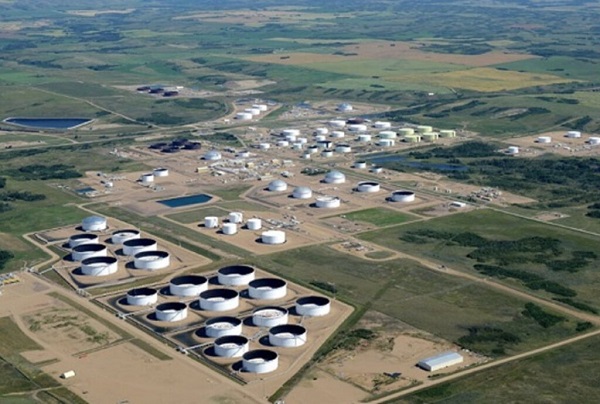
From Pierre Poilievre
Energy
If Canada Wants to be the World’s Energy Partner, We Need to Act Like It
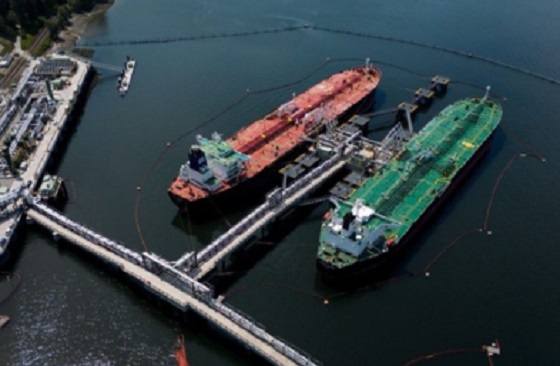
Photo by David Bloom / Postmedia file
From Energy Now
By Gary Mar
With the Trans Mountain Expansion online, we have new access to Pacific markets and Asia has responded, with China now a top buyer of Canadian crude.
The world is short on reliable energy and long on instability. Tankers edge through choke points like the Strait of Hormuz. Wars threaten pipelines and power grids. Markets flinch with every headline. As authoritarian regimes rattle sabres and weaponize supply chains, the global appetite for energy from stable, democratic, responsible producers has never been greater.
Canada checks every box: vast reserves, rigorous environmental standards, rule of law and a commitment to Indigenous partnership. We should be leading the race, but instead we’ve effectively tied our own shoelaces together.
In 2024, Canada set new records for oil production and exports. Alberta alone pumped nearly 1.5 billion barrels, a 4.5 per cent increase over 2023. With the Trans Mountain Expansion (TMX) online, we have new access to Pacific markets and Asia has responded, with China now a top buyer of Canadian crude.
The bad news is that we’re limiting where energy can leave the country. Bill C-48, the so-called tanker ban, prohibits tankers carrying over 12,500 tons of crude oil from stopping or unloading crude at ports or marine installations along B.C.’s northern coast. That includes Kitimat and Prince Rupert, two ports with strategic access to Indo-Pacific markets. Yes, we must do all we can to mitigate risks to Canada’s coastlines, but this should be balanced against a need to reduce our reliance on trade with the U.S. and increase our access to global markets.
Add to that the Impact Assessment Act (IAA) which was designed in part to shorten approval times and add certainty about how long the process would take. It has not had that effect and it’s scaring off investment. Business confidence in Canada has dropped to pandemic-era lows, due in part to unpredictable rules.
At a time when Canada is facing a modest recession and needs to attract private capital, we’ve made building trade infrastructure feel like trying to drive a snowplow through molasses.
What’s needed isn’t revolutionary, just practical. A start would be to maximize the amount of crude transported through the Trans Mountain Expansion pipeline, which ran at 77 per cent capacity in 2024. Under-utilization is attributed to a variety of factors, one of which is higher tolls being charged to producers.
Canada also needs to overhaul the IAA and create a review system that’s fast, clear and focused on accountability, not red tape. Investors need to know where the goalposts are. And, while we are making recommendations, strategic ports like Prince Rupert should be able to participate in global energy trade under the same high safety standards used elsewhere in Canada.
Canada needs a national approach to energy exporting. A 10-year projects and partnerships plan would give governments, Indigenous nations and industry a common direction. This could be coupled with the development of a category of “strategic export infrastructure” to prioritize trade-enabling projects and move them through approvals faster.
Of course, none of this can take place without bringing Indigenous partners into the planning process. A dedicated federal mechanism should be put in place to streamline and strengthen Indigenous consultation for major trade infrastructure, ensuring the process is both faster and fairer and that Indigenous equity options are built in from the start.
None of this is about blocking the energy transition. It’s about bridging it. Until we invent, build and scale the clean technologies of tomorrow, responsibly produced oil and gas will remain part of the mix. The only question is who will supply it.
Canada is the most stable of the world’s top oil producers, but we are a puzzle to the rest of the world, which doesn’t understand why we can’t get more of our oil and natural gas to market. In recent years, Norway and the U.S. have increased crude oil production. Notably, the U.S. also increased its natural gas exports through the construction of new LNG export terminals, which have helped supply European allies seeking to reduce their reliance on Russian natural gas.
Canada could be the bridge between demand and security, but if we want to be the world’s go-to energy partner, we need to act like it. That means building faster, regulating smarter and treating trade infrastructure like the strategic asset it is.
The world is watching. The opportunity is now. Let’s not waste it.
Gary Mar is president and CEO of the Canada West Foundation
-
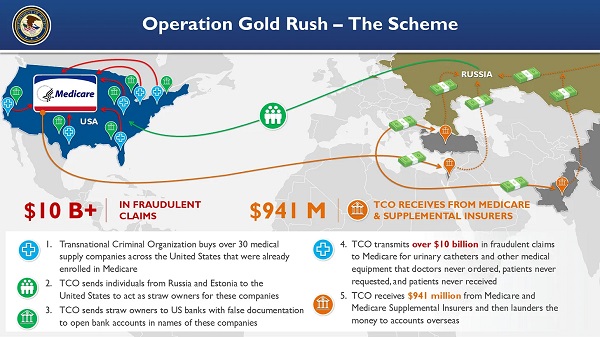
 Crime2 days ago
Crime2 days agoNational Health Care Fraud Takedown Results in 324 Defendants Charged in Connection with Over $14.6 Billion in Alleged Fraud
-

 Health2 days ago
Health2 days agoRFK Jr. Unloads Disturbing Vaccine Secrets on Tucker—And Surprises Everyone on Trump
-

 Business1 day ago
Business1 day agoElon Musk slams Trump’s ‘Big Beautiful Bill,’ calls for new political party
-
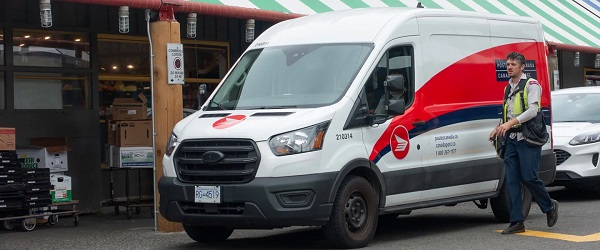
 Business15 hours ago
Business15 hours agoLatest shakedown attempt by Canada Post underscores need for privatization
-
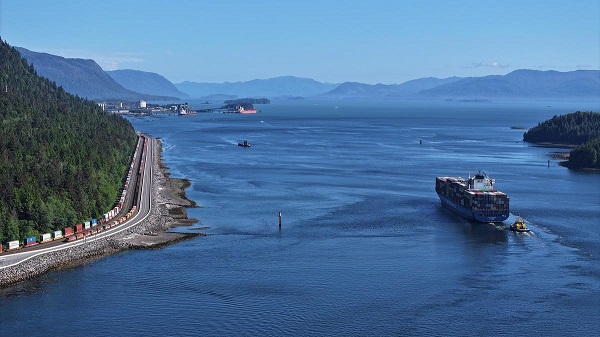
 Business15 hours ago
Business15 hours agoWhy it’s time to repeal the oil tanker ban on B.C.’s north coast
-

 Censorship Industrial Complex1 day ago
Censorship Industrial Complex1 day agoGlobal media alliance colluded with foreign nations to crush free speech in America: House report
-

 International22 hours ago
International22 hours agoCBS settles with Trump over doctored 60 Minutes Harris interview
-

 Energy15 hours ago
Energy15 hours agoIf Canada Wants to be the World’s Energy Partner, We Need to Act Like It


